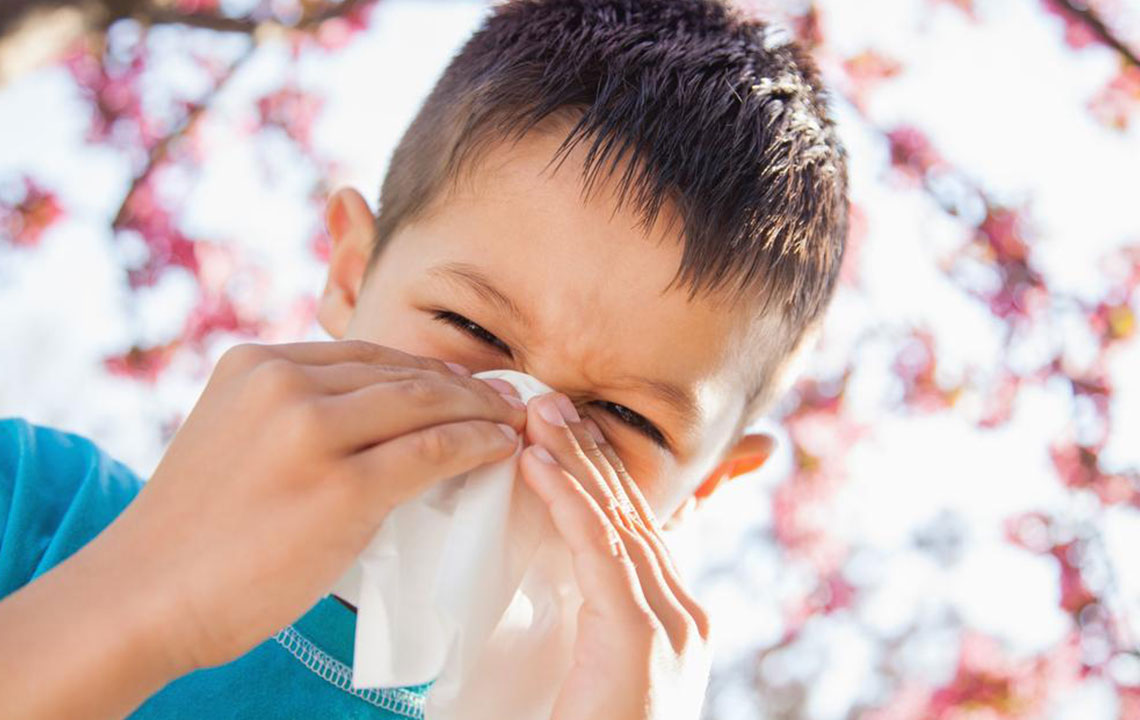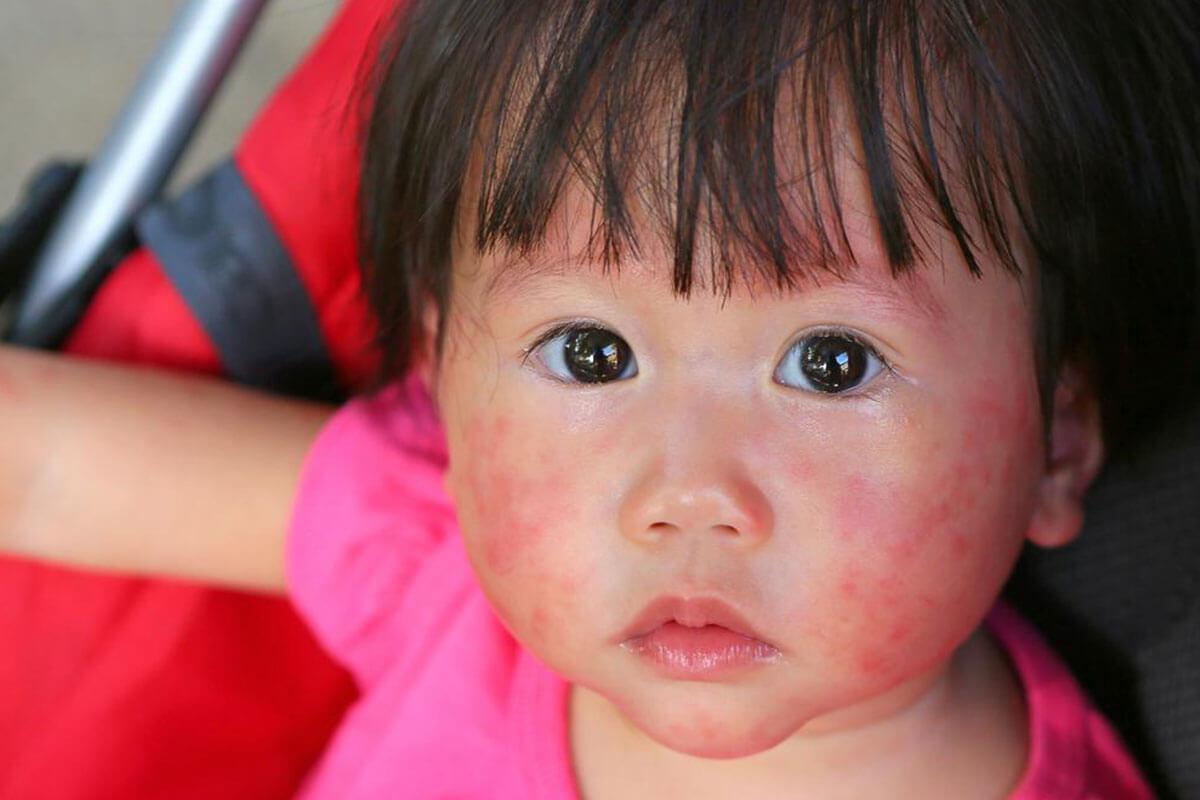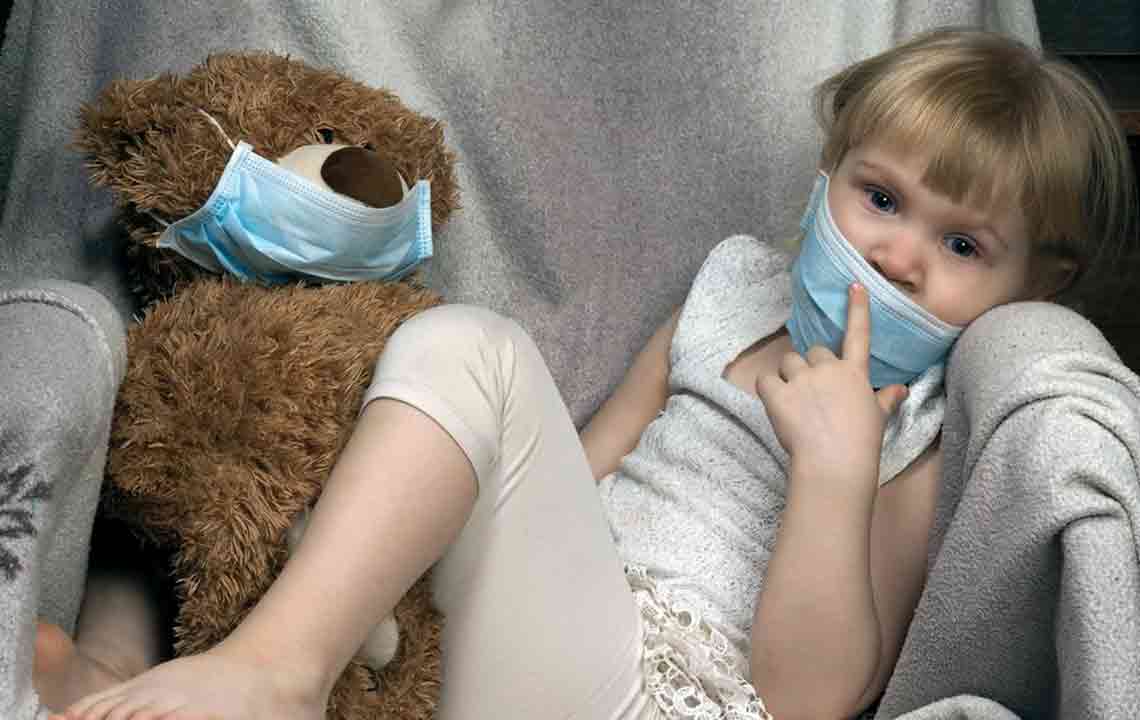Understanding Milk Allergies in Young Children: Key Facts and Management
This article explores milk allergy in toddlers, highlighting symptoms, diagnosis, and management strategies. It emphasizes early detection, dietary adjustments, and the importance of medical consultation to ensure children's safety and nutritional needs. Practical tips help parents understand how to prevent and handle milk allergies effectively at different developmental stages.

Understanding Milk Allergies in Young Children: Key Facts and Management
Milk allergy is a common concern among toddlers worldwide, often diagnosed early when their digestive system is still developing. Cow's milk is most likely to cause allergic reactions, whereas breast milk usually has minimal risk. Symptoms typically appear within 30 minutes of consuming milk products and include skin rashes, stomach upset, diarrhea, and sometimes blood in stool. Respiratory issues like cough and breathing difficulties may also occur. Recognizing these signs early is vital to seek medical advice for appropriate treatment.
If your child exhibits any of these symptoms, consult a pediatrician promptly. Keep in mind that symptoms may evolve, with some disappearing and others emerging over time. Inform the doctor of any family history of allergies, which could indicate genetic factors. Taking preventive steps, such as dietary adjustments during breastfeeding and careful selection of milk substitutes, can help manage or prevent milk allergies.
Exclusively breastfeeding infants with suspected allergies might require a lactose-free diet, with calcium supplements for the mother. Cow’s milk should only be introduced under medical guidance, ideally after four months. For older infants, alternatives like soy formulas or specialized hypoallergenic options can be used, as advised by a healthcare professional. As children grow past one year, allergens like dairy products should be gradually eliminated, with careful monitoring for reactions.
To ensure nutritional needs are met, include calcium-rich foods like nuts, beans, and leafy greens in their diet. Dairy products like cheese and ice cream should be reduced over time, with substitute options considered cautiously. In severe cases, doctors may prescribe antihistamines or other medications to control symptoms. Educating caregivers and those around the child about the allergy is essential to prevent accidental exposure and manage expectations effectively.
It's important to distinguish between lactose intolerance—a deficiency of enzymes needed to digest milk sugar—and milk allergy, which involves allergic reactions to milk proteins. Diagnosing the precise condition may require hydrogen breath tests or other allergy tests. Some milk allergies are temporary and may resolve with age or treatment. Understanding the difference helps in planning appropriate dietary restrictions and ensuring the child's safety and nutrition.










